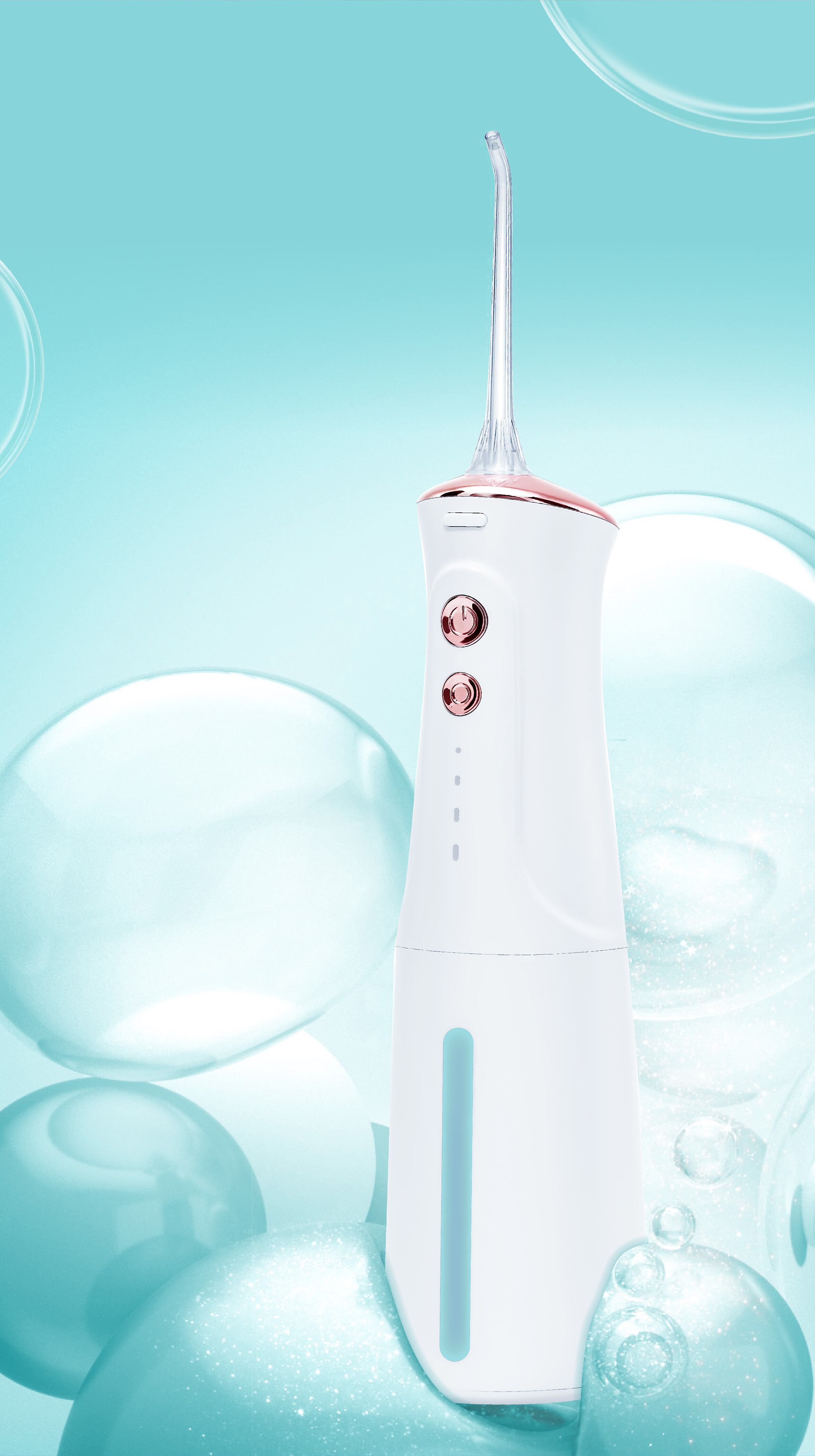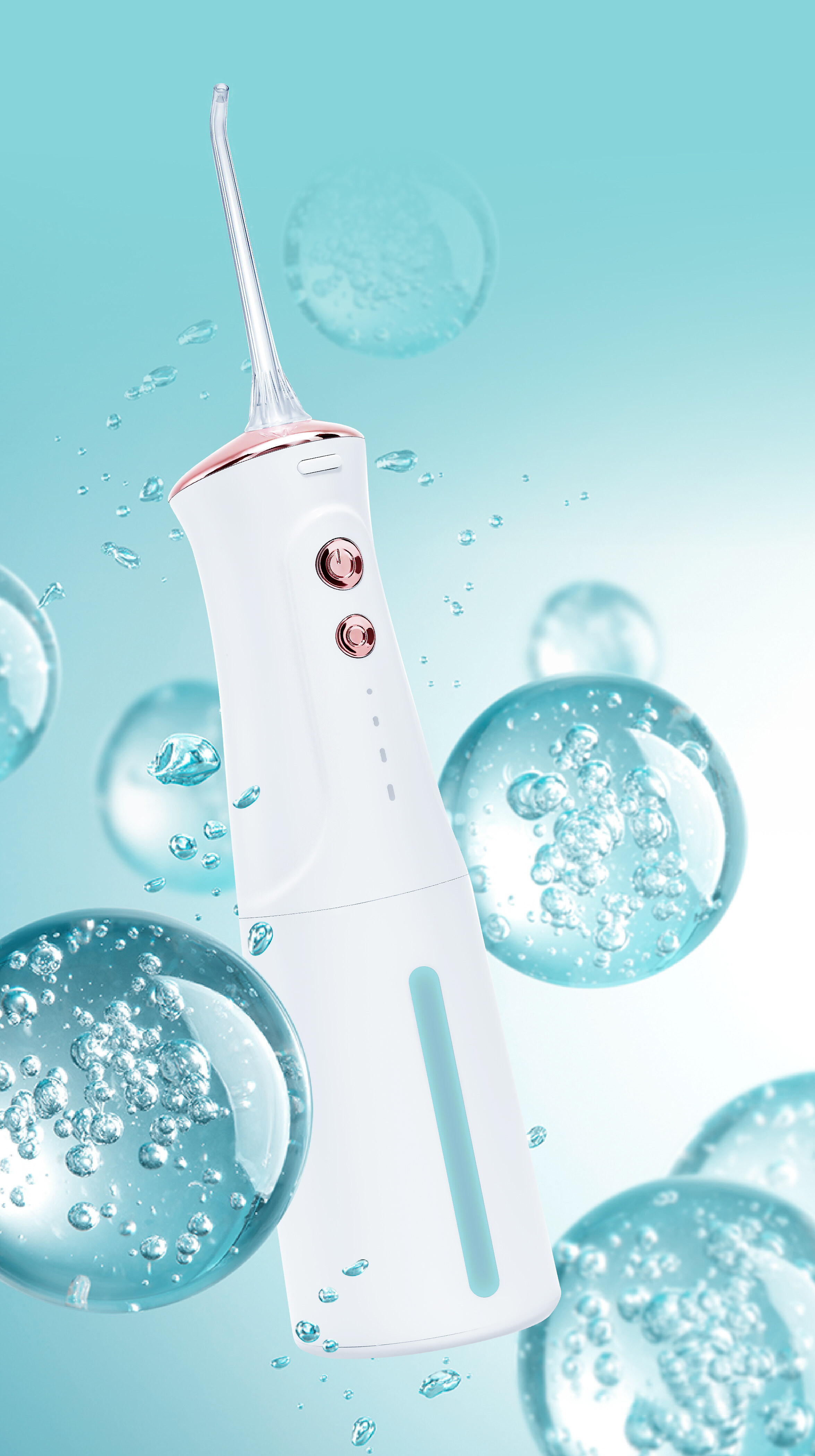Email format error
Email cannot be empty
Email already exists
6-20 characters(letters plus numbers only)
The password is inconsistent
Email format error
Email cannot be empty
Email does not exist
6-20 characters(letters plus numbers only)
The password is inconsistent


Comparing Oral Irrigators: Water Flossers vs. Traditional Flossing

Introduction
When it comes to maintaining good oral hygiene, flossing plays a crucial role in removing plaque and food particles from between teeth. While traditional flossing has been the go-to method for many years, oral irrigators, also known as water flossers, have gained popularity as an alternative. In this blog post, we will compare water flossers with traditional flossing to help you make an informed decision about which method is best for you.
Effectiveness
Traditional flossing involves using a thin string to manually remove plaque and debris from between teeth. While it can be effective when done correctly, it can be challenging to reach all areas, especially for individuals with limited dexterity. On the other hand, water flossers use a pulsating stream of water to dislodge plaque and food particles. This method can be more effective in reaching difficult-to-access areas and providing a more thorough clean.
Convenience
Traditional flossing requires manual dexterity and can be time-consuming, especially for those with braces or other dental appliances. Water flossers, however, offer convenience and ease of use. With a water flosser, you simply aim the water stream between your teeth, allowing it to do the work for you. This can be particularly beneficial for individuals with arthritis or other conditions that affect hand mobility.
Gum Health
Both traditional flossing and water flossing can contribute to gum health. Traditional flossing helps remove plaque and debris from the gumline, reducing the risk of gum disease. Water flossers, with their pulsating water stream, can provide a gentle massage to the gums, promoting blood circulation and gum health. This can be especially beneficial for individuals with sensitive gums or those prone to gum inflammation.
Oral Health Conditions
Water flossers may be more suitable for individuals with specific oral health conditions. For example, those with braces, implants, or bridges may find it challenging to manoeuvre traditional floss around these dental appliances. Water flossers can effectively clean around these areas, reducing the risk of plaque buildup and tooth decay. Additionally, individuals with orthodontic appliances or dental work may find water flossers more comfortable and less likely to cause irritation or bleeding.
Portability
Traditional flossing is highly portable, as a small container of floss can easily fit in a pocket or purse. Water flossers, on the other hand, require access to water and an electrical outlet. While some water flossers are designed for travel, they may not offer the same power or features as their larger counterparts. If you frequently travel or are always on the go, traditional flossing may be more convenient for you.
Conclusion
Both traditional flossing and water flossing have their advantages and can contribute to good oral hygiene. Traditional flossing is effective, portable, and widely accessible. Water flossers, on the other hand, offer convenience and thorough cleaning and can be more suitable for individuals with specific oral health conditions. Ultimately, the choice between the two methods depends on personal preference, oral health needs, and individual circumstances. Consulting with your dentist can help you determine which method is best for you. Remember, the most important thing is to establish a consistent flossing routine, regardless of the method you choose, to maintain optimal oral health.


